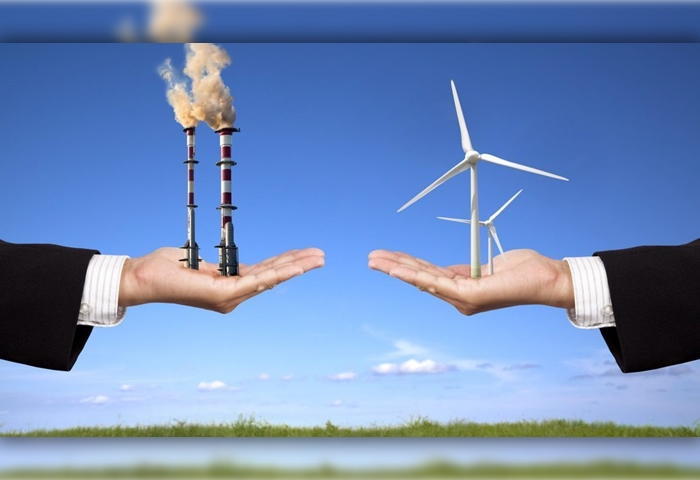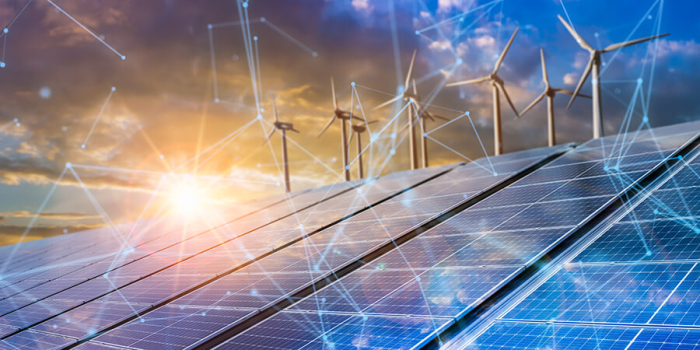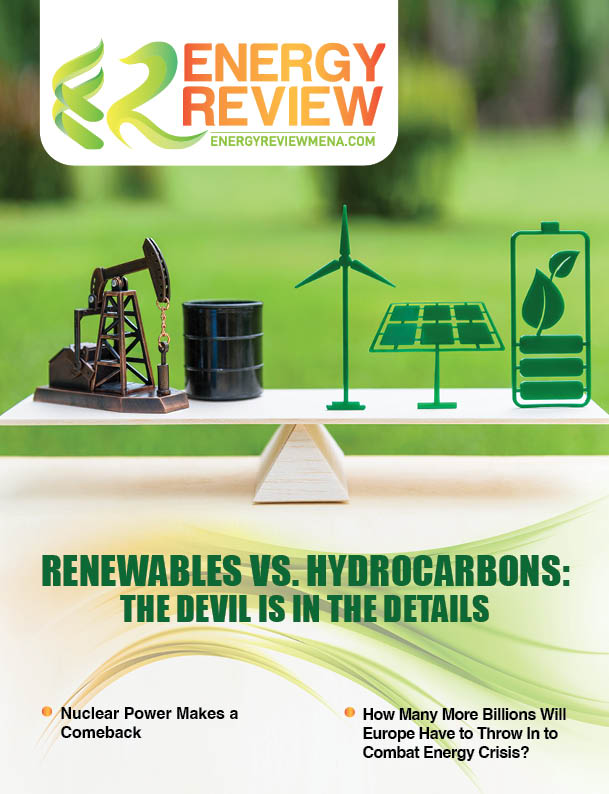Climate change remains one of the most serious threats to the integrity of life on earth. Thankfully, in order to face it, the tools needed already exist.
Renewable energy has witnessed a big expansion. In the first part of this year, it has produced more electricity than coal for the first time since the late 19th century, when hydropower started the power industry. Wind and solar are the cheapest alternatives for new electric generation in the U.S. The pandemic and collapse in oil prices will not change that. The closure of coal plants has been accelerating this year, and wind and solar will continue to be competitive with gas.
However, the recent collapse in oil prices means the oil and gas industry will be able to supply fuel at very competitive prices for decades.
For the past 12 months till now, the SPDR Select Energy ETF is down 50.7%, while the iShares S&P Global Clean Energy ETF is up 82.8%.

Source: mad-dividends.com
However, is it a secular or cyclical trend? Meaning will it last or is it just a temporary change?
The rise of renewables is clearly a secular trend. More and more governments will continue pushing for solar and wind.
The decline of oil and gas however, isn’t secular. At least not yet, and not for the foreseeable future. The events which are transpiring in the sector are purely cyclical. Unless you believe that the current world order of lockdowns and limited travel will last for the next two decades, demand for oil will recover and grow within the next few years.
Clean energy comes with threats
The rush to create solar panels and wind turbines has not considered the environmental threat that these sources of energy also pose to the world.
This is maybe best encapsulated by an article published on Foreign Policy, where the author stated, “The phrase ‘clean energy’ normally conjures up happy, innocent images of warm sunshine and fresh wind. But while sunshine and wind is obviously clean, the infrastructure we need to capture it is not. Far from it. The transition to renewables is going to require a dramatic increase in the extraction of metals and rare-earth minerals, with real ecological and social costs.”
In 2017, the World Bank questioned the required metal extraction to generate 7 terawatts of energy by 2050, or an estimated 50% of the world’s energy.
Without exaggerating, it would lead to dramatic increases in the extraction of multiples metals. For instance it would likely require silver extraction to go up by as much as 100%. Indium could see extraction increase 920%. Both are essential to creating solar panels.
A governmental perspective
In one of his presidential debates, Joe Biden mentioned a transition away from fossil fuels. It is important to understand what he actually plans on. Electricity net zero carbon emissions by 2035 doesn’t really make a dent. Electricity accounts for less than 1% of America’s use of petroleum.

Source: EIA
For natural gas, it is more significant at about a third of demand.

Source: EIA
While the Republican Party has a vested interest in presenting Joe Biden as the death of fossil fuels, this really isn’t the case.
For one, if Biden is elected, he will have very little say in what the energy landscape will look like in 2035 since a president only gets 4 years in office and 4 more if they are re-elected. Yes he can make some moves to incentivize more renewable energy, and limit fossil fuels, but like he said “we're not getting rid of fossil fuels for a long time”.
Oil and gas: a cyclical setback
After mentioning a few facts regarding was is claimed to be “clean” energy, it becomes more evident that we won’t get rid of oil and gas that easily and that it is cyclical, not secular.
Goldman Sachs still thinks demand for oil will grow until at least 2030. The IMF thinks it will peak around 2040. That means that we are looking at least at one to two decades of growth.
The oil & gas industry still has a lot of headwinds in the current cycle. And without a return of demand which is unlikely until a return of travel and transportation, which itself is unlikely until a wide vaccination campaign and a return of consumer confidence, it remains likely that supply will continue to struggle.
To wrap it up, clean energy is on the rise. But fossil fuels are not on the decline.









